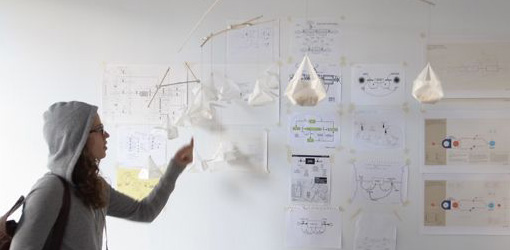Information Visualization: some questions
Posted on December 19, 2010 | posted by:As modes of externalized memory, information visualizations and photography have a few seminaries. Both hope to capture and communicate a representation of something—between people or across space/time—and can be used to influence or create those connections and understandings of the world with their claims of authenticity. Realism, dependability, and accuracy can be achieved visually through these technologies of representation.
Visualizations and photography can be powerful and convincing tools of messaging (political, advertising/marketing, corporate, social, journalistic, etc.). However, both can also be misleading, one-sided, untruthful, and exploitative. Numbers have an authority in our culture that images do not. While images can be powerful political tools, they are understood as needing further explanation or questioning, where as information graphics purport to distill the essential truth of their information down to a single graphic. Photos belong to a tradition of image making much older and more wildly known than representations of numbers.
While still at risk of being duped by an image, we have also learned to suspect photography, to hold its feet to the fire and ask how true it really is. Interrogating information visualizations is more difficult and not as comfortable linguistically.
What can digital information visualization learn from ways of viewing photography? Can the makers of visualizations learn from photographers? And, how can the viewer or observer learn to look at data visualizations as critically as we now look at an image?
